There are generally three types of boxes in the packaging industry: folding cartons or paperboard boxes, corrugated boards, and rigid boxes.
Rigid packaging boxes are also referred to as set-up boxes as they’re usually displayed in stores along with the products they contain. They often hold high-end items such as electronics, jewelry, and cosmetics, so some people also call them luxury packaging.
What Are Rigid Boxes?
Rigid boxes are formed from sturdy paperboard, provide incredible product safety, and are typically printed with elegant finishes to deliver a luxurious or high-end impression.
Rigid packaging boxes normally consist of two parts: thick chipboard with a 36- to 120-point thickness (about 2-3 millimeters), which is 4x to 5x thicker than folding carton boxes, and the thinner and more flexible paper wrap that’s pasted over the chipboard to cover it. It’s the wrap that gets customized for branding and can feature foil stamping, varnish, coatings, and other premium printing techniques and textures.
Some custom rigid boxes also have lining interiors that add an elegant touch besides shielding products from scratches and dust.
Comparing Rigid Boxes vs Folding Cartons vs Corrugated Boxes
| Features | Rigid Boxes | Folded Cartons | Corrugated Boxes |
| Setup | None if not foldable | Needed | Needed |
| Sturdiness | High | Low | High |
| Product safety | High | High with the aid of inserts | High |
| Cost | Generally high | Depends on printing and finish | Depends on printing and finish |
| Appeal | Generally high | Depends on printing and finish | Depends on printing and finish |
| Reusable | Yes | Usually not | Yes |
Rigid set-up boxes are always in 3D form and generally don’t require assembly before they’re filled. Unlike carton boxes, rigid boxes typically can’t be folded to lay flat and reassembled into their box form, although some brands are now developing collapsible ones.
Due to their thickness, customized rigid boxes can withstand the stress of shipping without damage, protecting the usually fragile products they contain. However, rigid gift boxes may not be as tough as corrugated boxes, which are made of several dense paper layers. Corrugated boards are more versatile in that they’re lightweight and can be folded flat like carton boxes. They can also be customized, being the box of choice for stand-up, point-of-purchase, or point-of-service displays.
Benefits of Using Rigid Boxes
What makes rigid gift boxes a great option for your business?
1. They’re Customizable
You can look into several possibilities when it comes to using a custom rigid box as part of your marketing strategy for luxury retail packaging or e-commerce packaging. Depending on your target buyers, you can choose a unique shape with a bright and fun design or a more conservative layout with little to no embellishments.
Chipboards come in different values of thickness, while you can play around with your logo and brand name on the wrap using specialty paper, printing techniques, coatings, and finishes.
2. They Don’t Require Setup
Unless you opt for collapsible models, a customized rigid box doesn’t need assembly, so they reduce the labor involved once they’re delivered to your company.
3. They Raise Brand Awareness
Rigid boxes can help increase sales if you can pick a box style or design that stands out from your competitors. Boxes can feature a clear window, sticker labels, or a specific structure that delivers a pleasurable handling and unboxing experience.
4. They Improve User Experience
Quality packaging is important as it’s the next thing that consumers lay their eyes on after seeing or touching your merchandise. Custom packaging boxes can enhance the visual and tactile appeal of a product. This makes the item look elegant, increasing the worth of your brand.
Thus, rigid packaging boxes give prospective and current customers a well-rounded experience from the time they examine it (whether online or in a physical store) until they receive it via delivery or take it home after their in-store purchase.
5. They Can Boost Your Credibility
When the printing of your logo, brand name, artwork, and product details, plus the box’s finish, appear high quality, your brand appears more professional and trustworthy.
6. They Protect Against Damage
As their name suggests, rigid boxes are supposed to be sturdy enough to protect their contents from the effects of storage, handling, and long-distance travel. Their lids are meant to be secure, and the inserts can securely hug the items, including bottles of oil and tincture, so that they don’t arrive broken. Inside panels for sweets can also prolong shelf life.
7. They Can Be Repurposed
Due to their sturdy construction, many pieces of luxury packaging become keepsakes and are reused as drawer separators or storage containers, especially if they have quality magnetic closures or similar resealable lids. From mementos and jewelry to important documents and printed photos, well-designed, high-quality packaging boxes can become a part of one’s work desk or closet for a long time.
8. They Support Brand Loyalty
You can make your rigid packaging boxes reusable for other purposes: to build a following. Using eco-friendly materials is highly popular and can attract environmental advocates who are very particular about how packaging boxes are made.
When Not to Use Rigid Packaging
Rigid boxes may not be the best option if:
1. You Have a Large Product
Although the structure of rigid setup boxes can offer superior product safety for small to medium items, its design may not be suitable for large home appliances as their heavy weight may put pressure on the edges. High-end corrugated packaging may be a more viable alternative.
2. You’re Not Yet Ready for a Large Expense
As you read on, you’ll discover that you have to pay more for rigid boxes due to more expensive and thicker materials, the more specialized process involved, and higher shipment fees.
If you’re not ready to invest in rigid packaging, you can ask your manufacturer how it can work with your design using a quality folding carton or high-end corrugated box.
3. You Have Limited Time
Rigid boxes take longer to produce than carton boxes, so you may have to go for carton boxes if you have a tight schedule.
Different Types of Rigid Boxes
Rigid box packaging styles are either two-piece or hinged:
1. Telescope or Top-Load Boxes
With Corners
The telescope box features a lid that covers the base midway (partial telescope) or nearly all the way to the bottom edge (full telescope). Some full telescope lids have thumb cuts or semi-circular cutouts, which make them easier to lift from the base.
The classic shoebox, which has a lip that is typically one inch deep, is an example of a partial telescope box. Many commercially available high-end gift boxes as well as our own windowless shirt boxes and luxury cosmetic packaging are structured this way. They can come in various shapes, too.
The neck or shoulder (others call it shouldered) box is another example of a partial telescope box. This type of box has a dual base, with the inner one (also called the tray or neck insert) higher than the other. The protruding part of the tray is called the neck while the top edge of the outer base is referred to as the shoulder. The lid rests on the shoulder. There are shoulder boxes with an extra-long neck, creating a gap between the lid and the base of the box.
Meanwhile, the drawer-style box is a variation of the full telescope box. Also referred to as a tray with a sleeve or the shell and slide. This type of box is like your traditional matchbox. It has a slipcase going over the base or “tray” of matches instead of a lid on top. They’re suitable for items that need to be laid down instead of upright to prevent damage or to preserve their contents. Such products include smartphones, jewelry, and some cosmetics.
Without Corners
Cylindrical rigid box styles, also referred to as rolled-edge tube packaging (or just tube packaging), feature either telescopic or shoulder-neck openings. They make a great packaging option for bottles, markers, other circular-shaped items, as well as powdered goods and irregular-shaped objects. Brands can also consider them alternatives to metal packaging.
Some rigid tube boxes have plastic or metal lids. Their interiors can feature plastic inserts (as in the case of beauty products) or foils.
2. Hinged Lid Boxes
With Cover on the Hinge
Hinged lid boxes have covers that are permanently attached to the base. They close due to their weight, via magnetic strip, or other securing material. The lids of some of these boxes, such as the flip-top or cigar box, don’t have a lip that covers the base of the box. The covers of the book-style box are the same as that of a cigar box—the covering flap extends slightly beyond the base so that when you close it, the box looks like a hardcover book.
Meanwhile, the clamshell design has a lip that goes down partially or down to the bottom edge of the base. In some hinged lid boxes, there’s a cloth or other lining that covers the hinge joint.
No Cover on the Hinge
Custom Rigid Boxes: Different Types of Finish
Besides having versatile structures, rigid boxes can also offer you plenty of finishing types, from the way the wrap encompasses the box to the look and feel of the wrapping material.
Partial vs. Full Finish
When the wrap only covers the entire outer surface of the lid and tray, it’s called a partial finish rigid box. You can see the lips of the wrapping paper folded and glued to the chipboard’s interior, but most of the board is bare and visible.
Meanwhile, the chipboard is wrapped to its entirety in a full finish rigid box. The inner wrap may be colored white or another color.
Exterior Add-Ons
Brands can select from a variety of options when they want to go for fancy packaging.
1. Coatings
Coating can come in different types:
- Varnish: Varnish is made of clear ink and creates a thin satin, matte, or glossy layer on the wrap. It can be applied to a specific area (spot varnish) or the entire sheet (flood varnish).
- Aqueous coating: A water-based coating gives your boxes a glossy or matte surface, making it easier to clean dirt and fingerprint marks off of them. They’re also scratch- or scuff-resistant and more eco friendly than varnish or ultraviolet (UV) coatings. Because this type of coating is food-safe, it’s usually preferred for boxes that house food and beverage.
- Ultraviolet coating: UV coatings need UV light or sun exposure to quickly harden coating. They offer the highest gloss finish, but foil stamping can’t be applied to them. UV-coated sheets can be embossed, but they should completely harden first.
2. Lamination
Lamination involves spreading polypropylene or a very thin, plastic film on the wrap, making it water-resistant and moisture-free. It reduces creases and small cracks. The higher level of protection it offers makes it pricier than varnish, which is why it’s mostly used for high-end luxury packaging. Most custom luxury boxes feature matte—as opposed to glossy—lamination. It’s the best coating to use when planning to add foil stamping, embossing, and spot UV on your outer design.
3. Hot Foil Stamping
Heat and pressure are used to apply foil designs of gold, silver, or other colors. The bright metallic foil can highlight your brand and logo.
4. Embossing and Debossing
Creating raised areas (embossing) and indentations (debossing) can enhance the texture of your high-end gift boxes and fancy packaging, making it more eye-catching and attractive to consumers. Embossing and debossing create depth when applied to foil-stamped material.
5. Flocking
Flocking is the method used in rigid boxes where there are velvet or suede-like textures on certain parts of or the whole wrap. The short fibers can be made of cotton, wool, rayon, or other synthetic materials. They can be dyed according to your color preference. This process may also be applied on the surface of some inserts.
Special equipment, as seen in the following video, electrically charges the flocking fibers—causing them to stand up—before spreading them over an adhesive-coated material.
How Are Custom Rigid Boxes Made?
Brands and sellers tap rigid box manufacturers for luxury brand packaging or high-end retail packaging solutions. The creation process normally involves three stages:
1. Conceptualization
Contracting companies can tap the expertise of a rigid box packaging consultant to come up with the right design that will meet their goals. Some manufacturers also have an in-house design and engineering team that can handle conceptualization and prototyping.
At this stage, designers need to know the following points:
- If the item to be packaged is part of a broader product line, which has an existing design that should be followed or patterned after
- If the box will have to hold many items in a specific way
- If a certain artwork should appear in front of the box that may affect sizing specs
- If you want to incorporate advice from your retailer, who’ll ultimately decide which of your products will be put on sale at its store
Once the concept and budget estimates are presented, reviewed, and approved, the box maker can create the template. The contracting company needs to provide the artwork that will go on the wrap of the rigid box.
2. Production
Production is done by machine, hand, or a combination of the two. The wrap is printed beforehand, undergoing lamination or other treatments required by the client. On the other hand, chipboards are scored and cut to the correct size and shape. Machines (quad stayer) or staff—or a combination of both—then fold the tray or base of the rigid boxes and apply adhesives on the corners so that the sides stay up.
In packaging companies with fully automated systems, pre-trimmed wraps are trimmed and lined up in a conveyor belt. An arm places the tray on the glued surface of each wrap. Then the tray with the wrap beneath it passes through a plunger, which glues the wrap evenly on the tray’s outer surface.
3. Delivery
The packaging material itself also needs protection during shipment. This aspect should be considered and included during the design stage.
Testing
About 11% of shipped goods arrive with damages. This results in the brand replacing the unit, offering a discount, spending on return freight, and missing profit. More importantly, customer trust is adversely affected when boxes—or worse, their contents—come with dents, scratches, or torn parts.
Thus, production of your custom rigid box packages and other high-end packaging will only be complete when testing is conducted.
Dimension Testing
Even before your chipboard gets wrapped, it has to be tested for accurate dimensions. In an automated assembly line, the folded chipboard should have the precise length, height, and width or diameter to ensure that the wrap will cover it partially or fully, depending on the company’s design specifications. Meeting the prescribed measurements is also necessary to ensure that the product, inserts, and fillings will fit inside.
Label and sticker application is also set automatically in mechanized production. Thus, custom rigid boxes should all have the exact and accurate dimensions so that seals and any other adhesive-based matter will be placed on the right spot.
Drop Test
This allows contracting companies to determine how the box will stand up to accidental falls. The most popular drop test procedures come from the International Safe Transit Association (ISTA).
During the test, the product is placed inside the box and a machine drops the box on a hard surface from varying heights. The test can be performed on the corners, edges, or sides of the box. The manufacturer or supplier should analyze any resulting damage and work out a solution. When the improved box is available, the test is repeated.
Drop test machines for various package sizes and weights are available in the market.
Common Custom Rigid Box Mistakes to Avoid
Using custom rigid boxes may turn to your disadvantage due to the following:
1. Use of Oversized Packaging
No matter how fancy the packaging is, buyers will be turned off if they discover a small product inside a big box. Disappointment over the false impression can lead to negative online reviews or even a lawsuit.
2. Lack of Differentiation
Your custom rigid boxes shouldn’t only be eye-catching but also distinct from those of your competitors. Be sure to research your segment thoroughly and get your design team’s opinion about how your product can stand out.
3. Insufficient Protection
Boxes for bottles containing liquids may need a grease barrier. Waterproof-coating should be considered for custom rigid boxes that will go on outdoor display.
4. Not Child-Friendly or Pet-Friendly
When you’re targeting adult clients of various ages, packaging should include instructions for human and pet parents. It should clearly state whether contents include choke hazards or hazardous substances.
Factors That Contribute to High Prices
A custom rigid box can cost an average of $4 to $5 per piece, more expensive than a fully printed and labeled corrugated box (under $2 to $3) or a folding carton box (under $1). As the previous sections mentioned and indicate, the higher cost can result from:
Materials
More expensive chipboard, which is thicker than regular, foldable carton packaging, is used for custom rigid boxes. They come in a variety of colors—including white and black—with natural chipboard being the cheapest.
Your choice of paper and finish for the wrap also affects the final price. Full finish boxes cost more as they require more paper to cover the chipboard.
When it comes to finishes, metallic, neon, and other specialty inks are more expensive than regular ink. And naturally, larger surfaces will entail more materials. Any labels, magnetic strips, or ribbon pulls needed also add to the total expense.
Construction
The tooling cost in your final bill covers the use of custom-made tools needed to produce each custom rigid box, including dies for cutting its shape, foil stamping, and embossing or debossing, as well as print cylinders, print plates, and molds. The fee goes up if your packaging box has a unique shape or various parts and involves many colors and other printing techniques. Inserts require separate cutting dies and molds.
Reputable manufacturing companies use special machines to fold parts of your custom rigid boxes, paste their sides, and cover them with wrap. But manual labor may be required for intricate packaging or inclusion of inserts, which can be made of tissue, cardboard, foam, or plastic.
Volume
The packaging industry also follows economies of scale, so small-run custom packaging projects will cost more than large ones.
Transport
A majority of custom rigid boxes aren’t collapsible so they don’t ship flat, thus requiring higher shipment fees. Moreover, the rising cost of fuel will ultimately impact how much you have to pay couriers or third-party delivery firms.
Storage Space
As custom rigid boxes arrive pre-assembled in their final form, they need plenty of storage space. Ask your packaging company if it offers managed inventory service. This refers to keeping an agreed level of stock for you and shipping on a just-in-time basis or when you need them. You can also survey your business warehouse for any unused space.
Ways to Cut Rigid Box Production Costs
Here are some workarounds to consider when you need to deliver rigid boxes on a budget:
1. Opt for Standard Sizes and Thickness
A complicated structure will inevitably command a higher price. If this is beyond your budget at this time, use a standard size and thickness that will demand less customization from your manufacturing partner. Standard chipboards are easier for them to buy in bulk or may be available in their stock at a volume that can cover your custom rigid box order. This will result in lower costs for you, an early production start for them, and a faster turnaround time.
2. Go for a Smaller Design
Want to stick with your original concept? Maybe you can reduce the graphics and shorten the text to make them fit in smaller cardboard packaging. You can also try repositioning the product in a different way or even disassembling it to see if a smaller box will work for you. One advantage of using smaller rigid boxes is that more of your products can fit on a store’s shelf at one time.
3. Pick Lighter Materials
Know your options when it comes to chipboard thickness. Then discuss with the design or manufacturing team how a thinner version can support your advertising and functional needs.
4. Choose Digital Printing for Low-Volume Runs
Although not as high-quality as offset printing, digital printing is more cost-effective, especially if you have a simple and minimalist design.
5. Tone Down Embellishments
- Consider adding a viewing window. A cut-out area that will show the product inside the box might be a cheaper alternative to embossing or foil stamping, especially if there’s artwork in the primary package—that is, the label on your product’s bottle, plastic casing, and so on.
- Reduce the area(s) where foil-stamping or embossing will be applied. The cost goes higher for every square inch where these treatments are used. Choose only the essential parts of your box for these finishes.
- Select water-based coatings and low-gloss finish. UV and glitter coatings are more expensive. A low- or semi-gloss finish can be a good alternative to lamination, which is known for high moisture protection.
6. Use Paper and Tissue Paper Inserts
These materials are more affordable than foam padding. Paperboard inserts with slits can provide the support your rigid setup boxes need for gadgets, cosmetics, luxury candles, and more.
7. Contact and Get Quotes from Different Suppliers
Ask three or four reputable packaging solutions companies to give you a quote, specifying your materials and size. Then determine which one can do the job at a more affordable price without sacrificing quality.
What to Look for When Choosing a Rigid Box Maker
An ideal custom rigid box supplier should have the following characteristics:
1. Specializes in Rigid Box-Making
Folding carton manufacturers currently outnumber rigid packaging makers. Custom carton box makers may offer to do the job for you by outsourcing the work and just bill you for added costs. It’s better to choose a company whose specialty is rigid packaging. Ask for actual samples, not just prototypes.
2. Employs In-House Designers
It’s best to find a producer with a team that can help you come up with custom quality packaging that will best suit your product. This can help minimize delays and improve coordination as you only have to deal with one company from conceptualization to production.
3. Communicates Effectively
Check client reviews. Companies manufacturing rigid setup and luxury boxes with good reviews most likely listen well to what their clients need and want, resulting in a low error rate. They should be able to promptly answer your questions regarding how boxes are made, the minimum order size, and turnaround time, for example. They should also be able to provide practical solutions.
4. Respects Environmental Sustainability
Today’s consumers are drawn to brands that are conscious about environmental protection. A rigid setup boxes producer that’s Forest Stewardship Council-certified means that it uses paper products from responsibly managed forests. You can also choose custom product packaging manufacturers that use recycled fibers, practice water stewardship, and operate with renewable energy.
Market Updates and Trends
The rise of work-from-home opportunities has recently paved the way for more people to shop online for various goods, including luxury and gift items. The demand for rigid paper packaging remains high despite the growing popularity of bioplastic, which may affect the quality of food and flavor of liquids and releases polluting methane gas.
The personal use and gifting of video games and equipment, confectionery, wine and other beverages, personal care items, bags, clothes, shoes, watches, and jewelry packaged in luxury rigid boxes, especially among millennial customers and Gen Zers, is expected to drive e-commerce growth in the coming years. The market for this box type will be worth more than $5.4 billion by 2030, according to forecasts. Custom two-piece rigid setup boxes will be at the forefront, with its value expected to reach $268 million until 2025.
Collapsible Rigid Boxes
As mentioned earlier, several manufacturers can now design and produce foldable rigid setup boxes. They can offer the versatility and convenience that custom carton boxes can offer, with the top selling point being their ability to store flat, which lowers shipping cost.
Smart Packaging
More and more brands will continue to integrate digital technology into their custom rigid boxes for better quality and customer engagement. Here are some examples:
Printed Electronics
Boxes with near-field communication (NFC) chips can provide more product information, prove authenticity, enable tamper detection, and even detect temperature when consumers bring their smartphone close to the NFC tag. Brands may also use NFC and radio-frequency identification (RFID) stickers to track orders.
Quality custom packaging may also feature LED and OLED lighting devices. These flat, nanometer-thin types of lighting can make your business logo, product name, or parts of the packaging glow or cause a holographic image to appear using hand pressure or with the aid of a smartphone, without the need of a battery.
Augmented Reality
Brands can include a QR code in the packaging that will allow buyers to view the product with animation and sound effects or play a mini-game, with virtual objects seemingly emerging from thin air. The visual appeal of AR-enabled packaging is reportedly two times stronger than regular ones.
Impress Your Customers with Luxurious Rigid Packaging Boxes
Refine Packaging is the top choice for the world’s Inc 5000 and Fortune 500 companies. With super fast production times, affordable pricing, and a sky’s the limit attitude, we’ll help you turn your custom packaging into a competitive differentiator. Contact us today and a dedicated packaging specialist will guide you through every step of the custom packaging process without breaking a sweat.
Ready to think outside the box? Let's get started!
Get in touch with a custom packaging specialist now for a free consultation and instant price quote.


.svg)
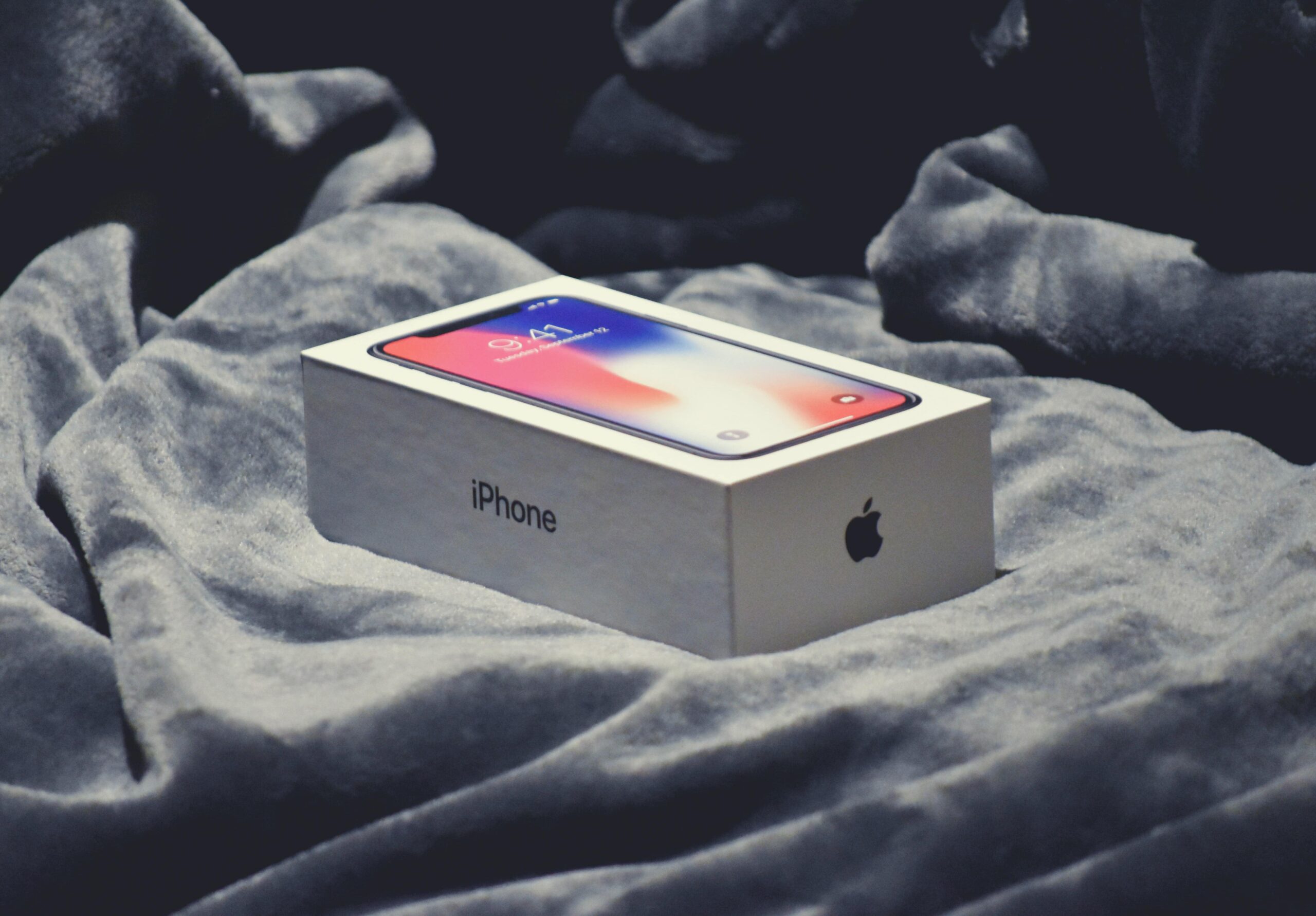


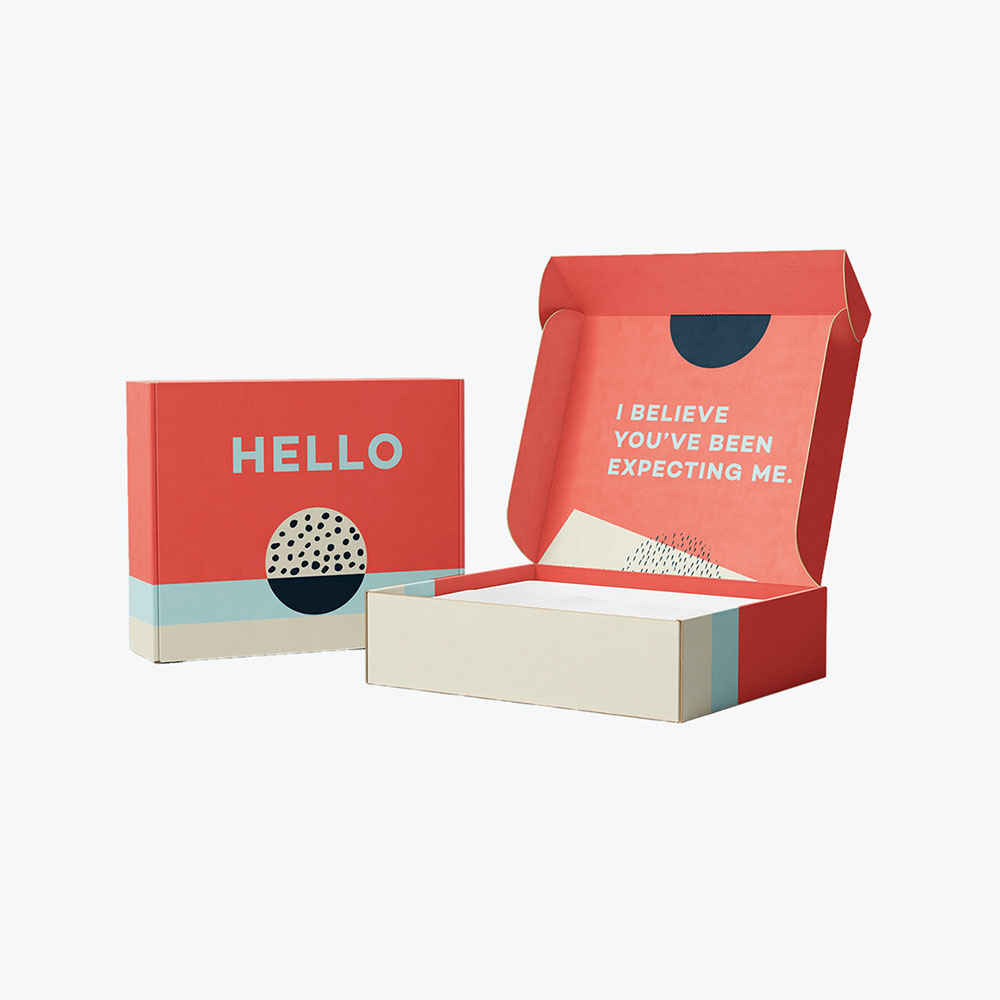
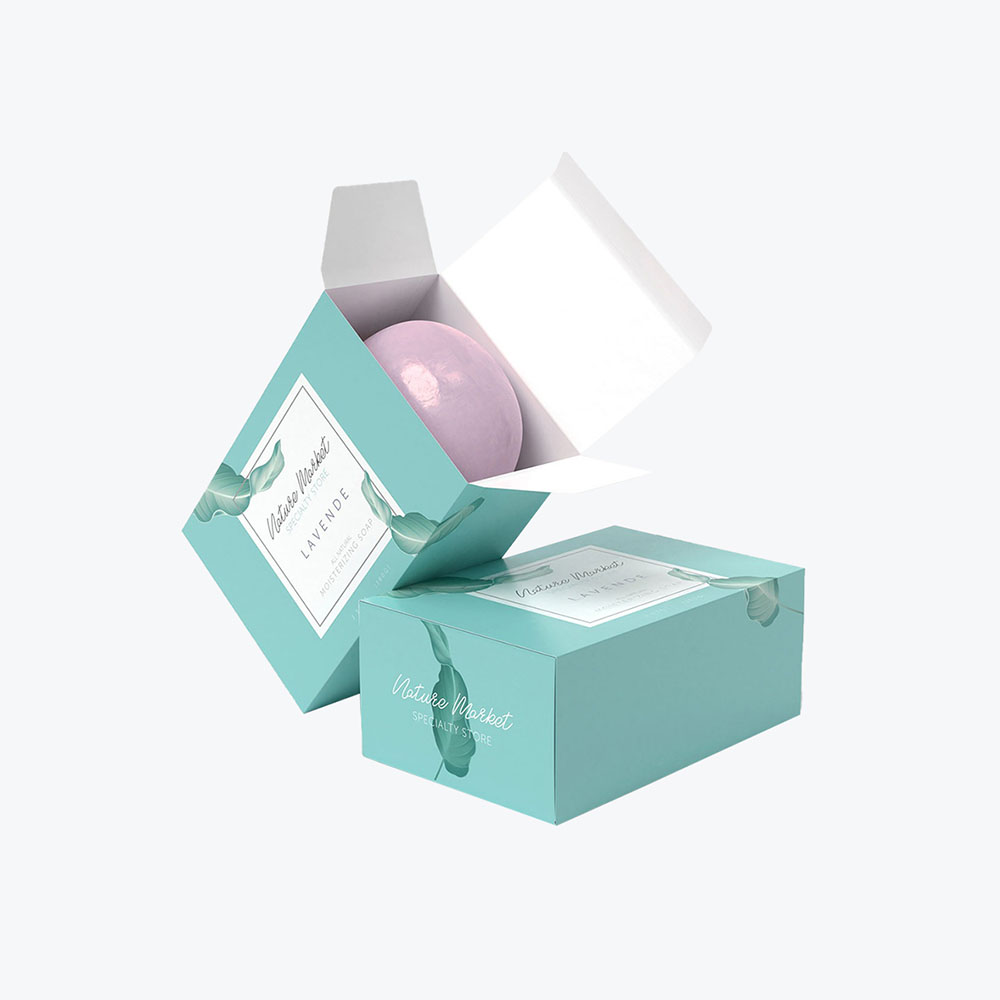
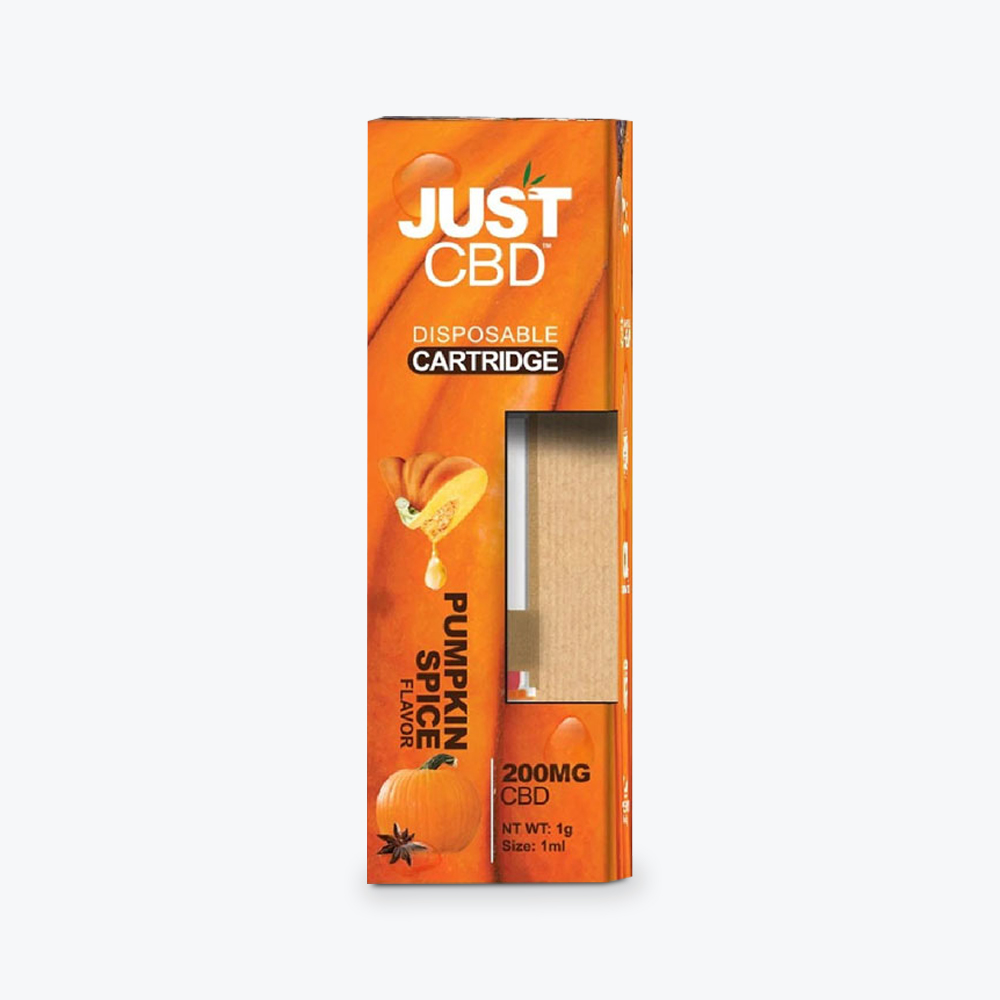
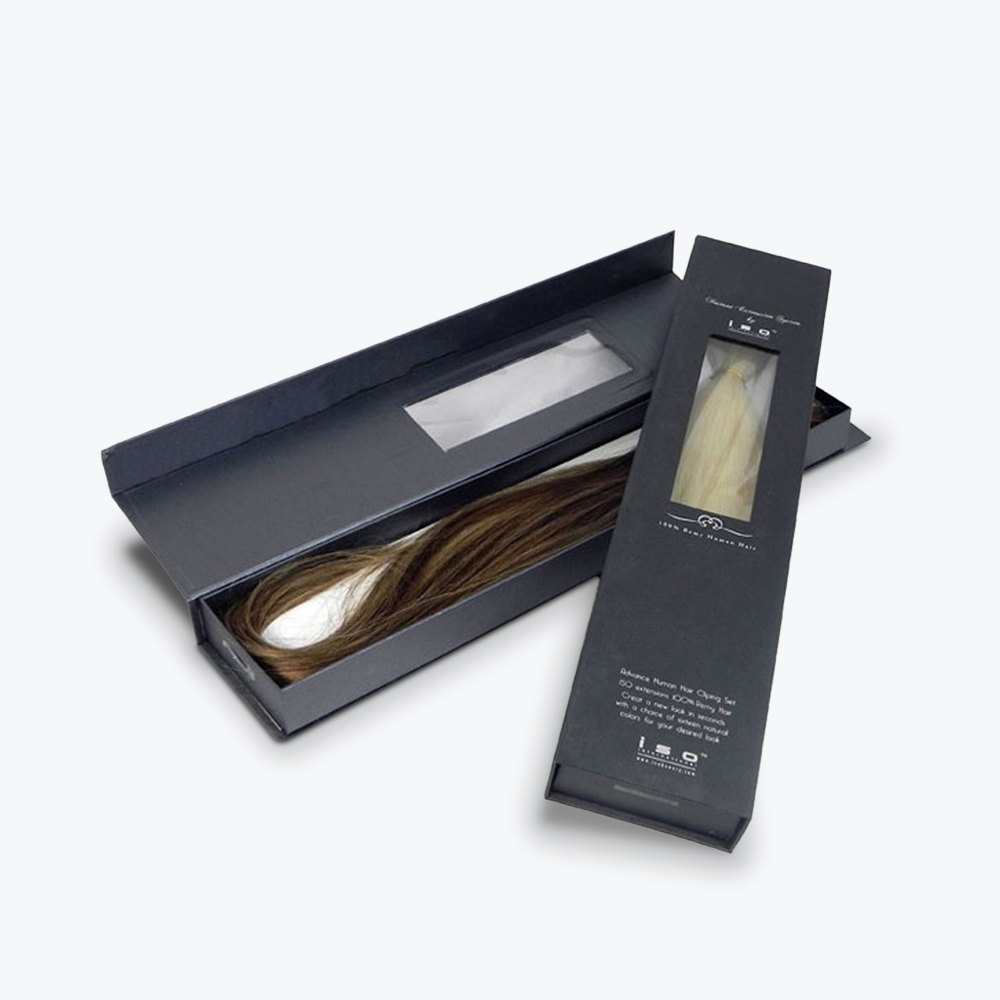


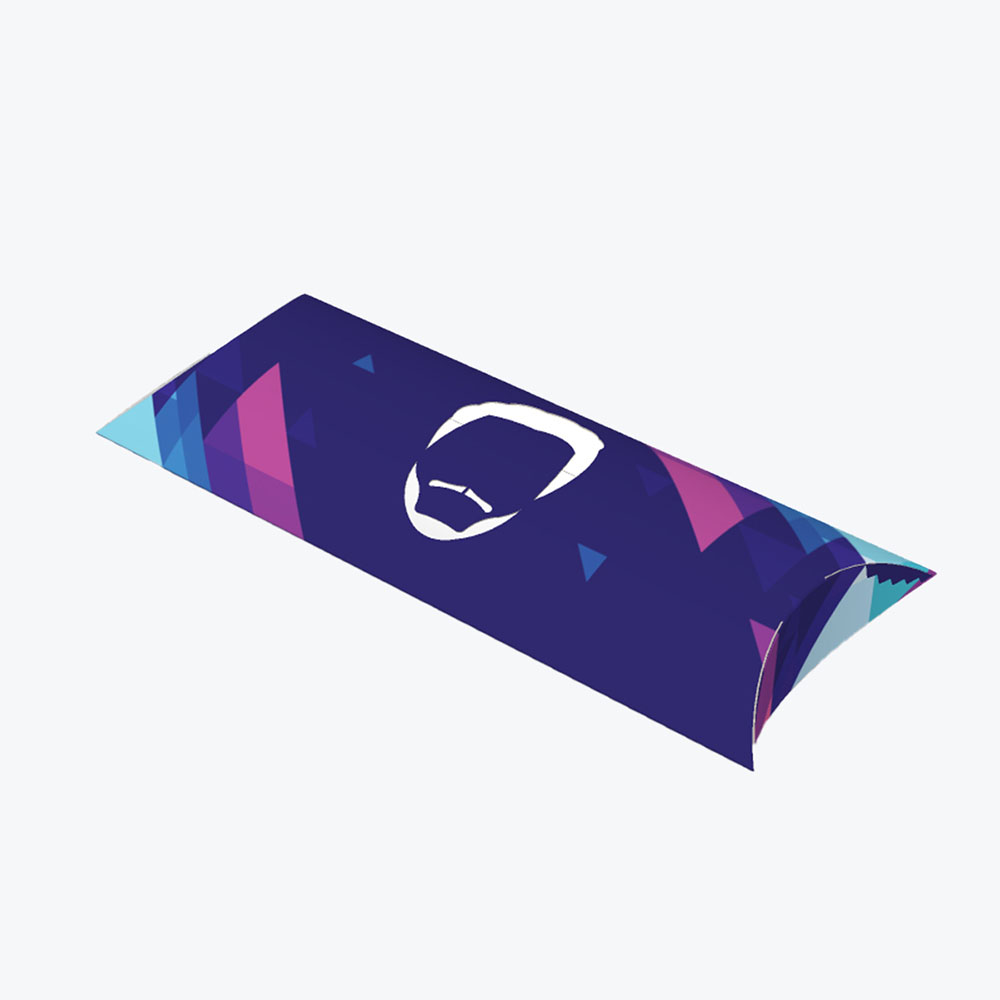

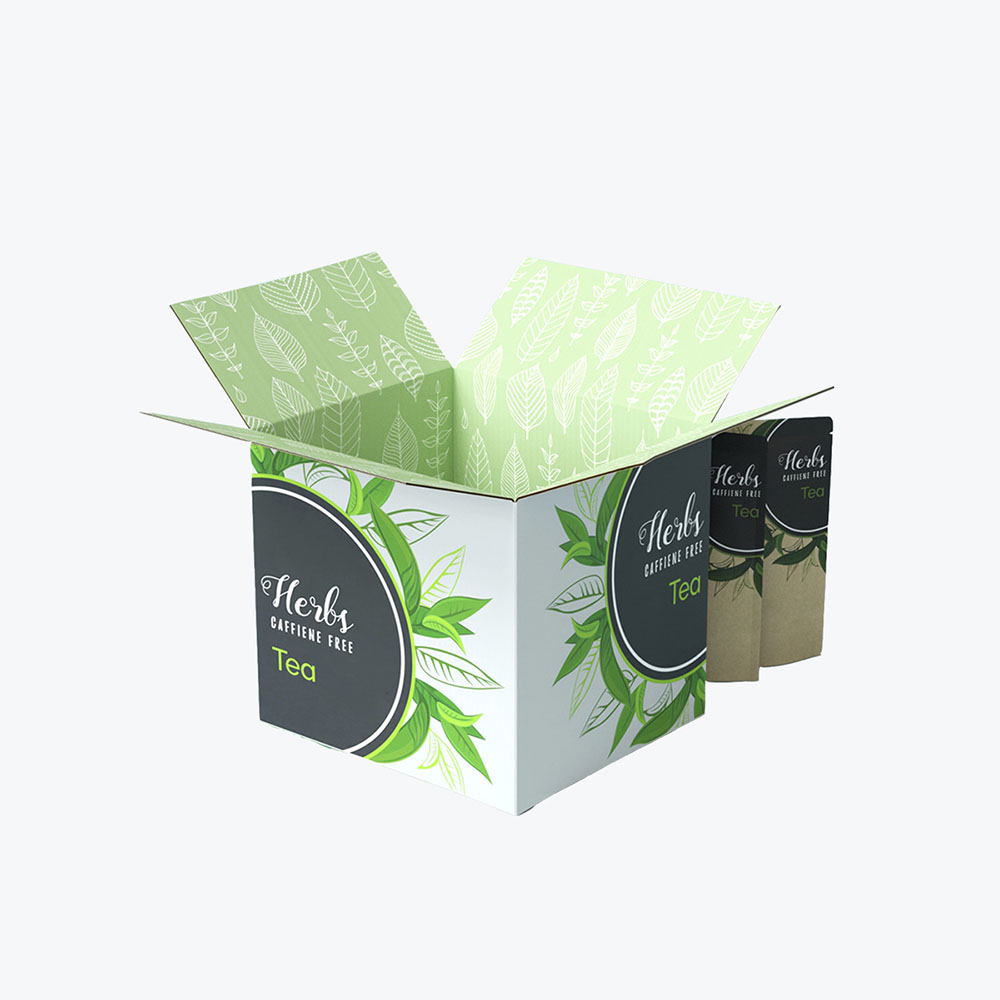

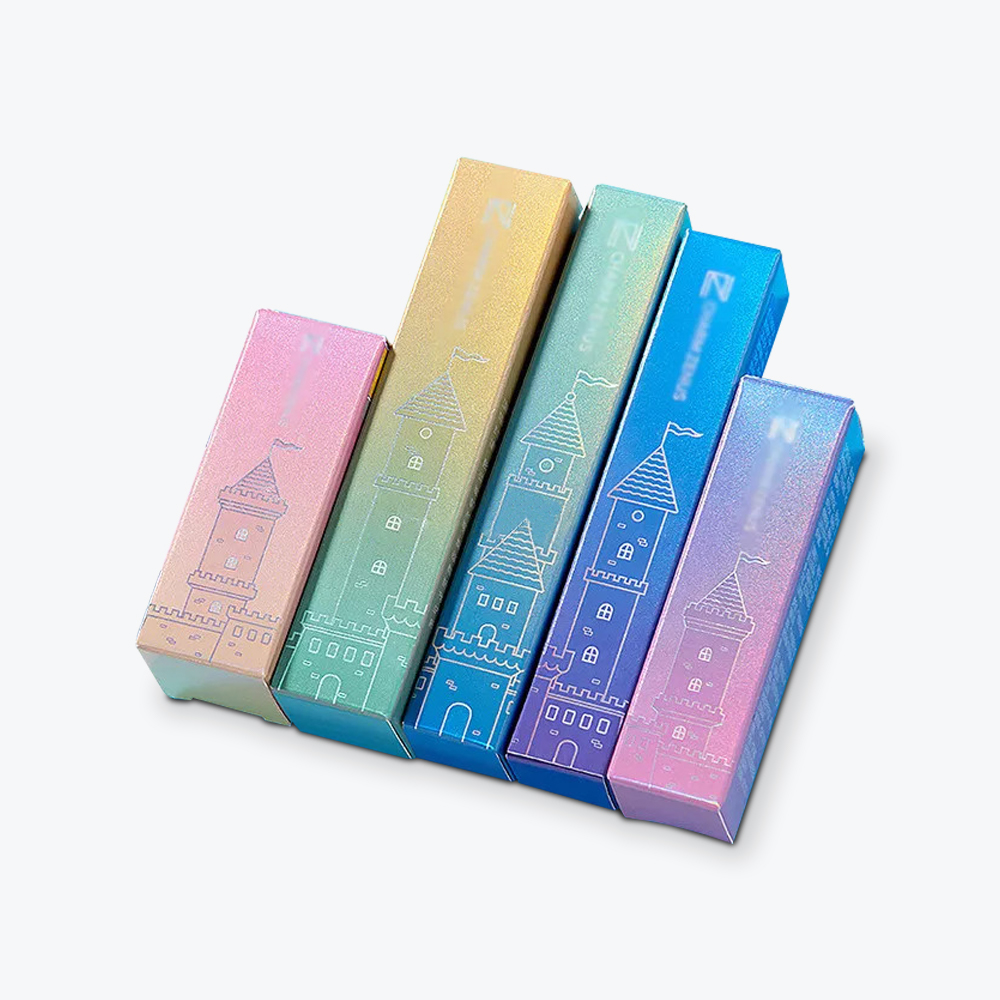

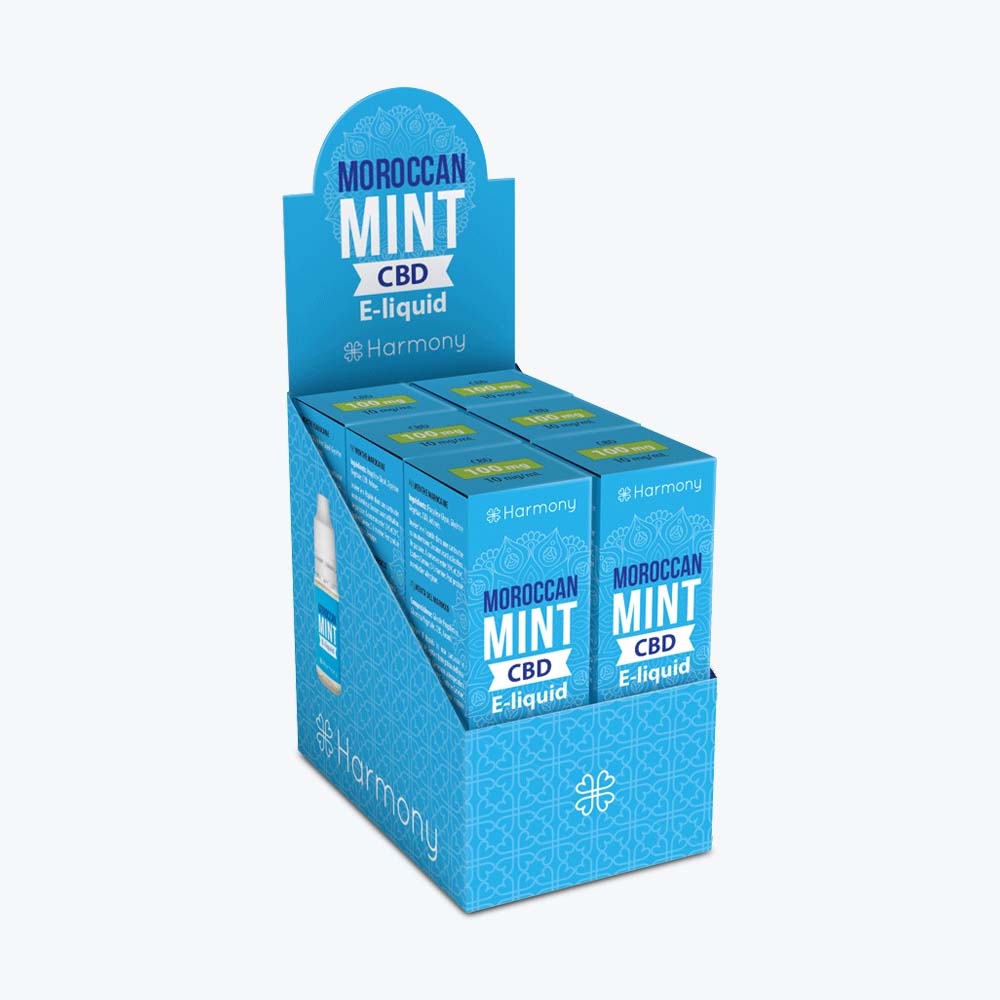
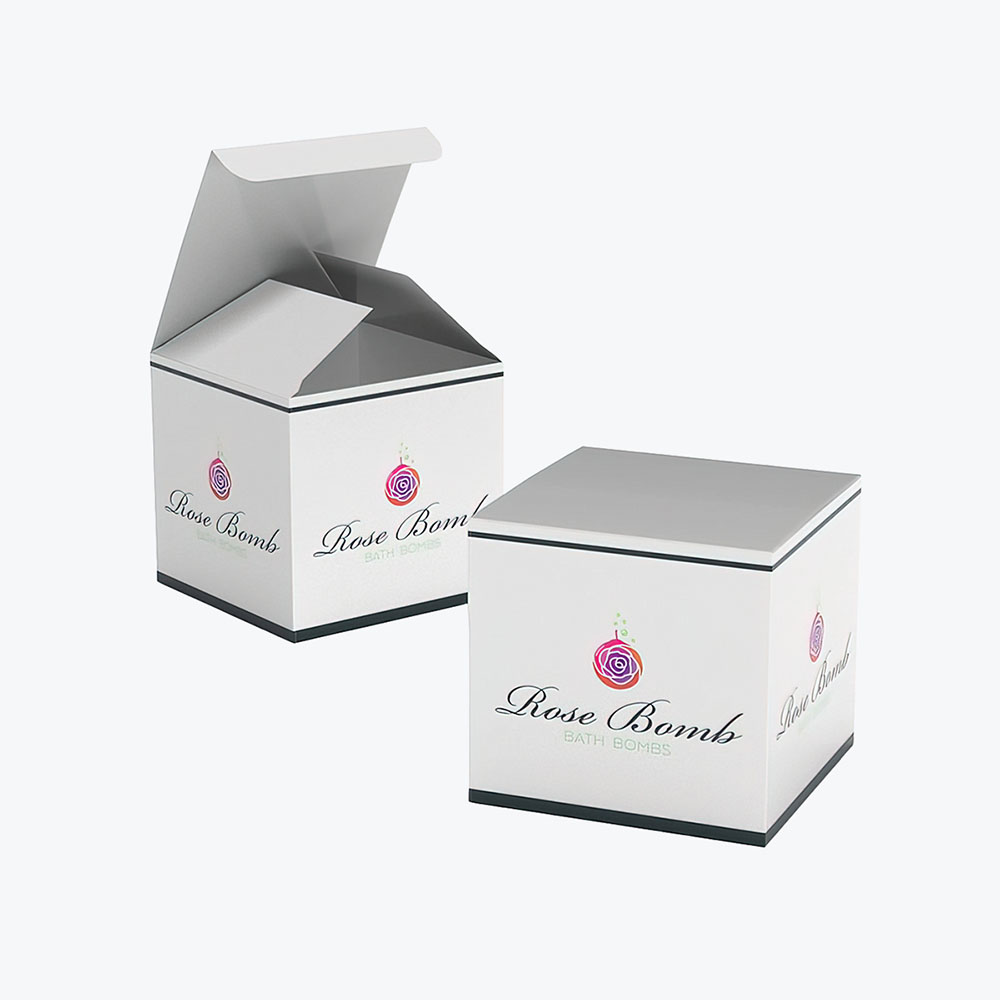
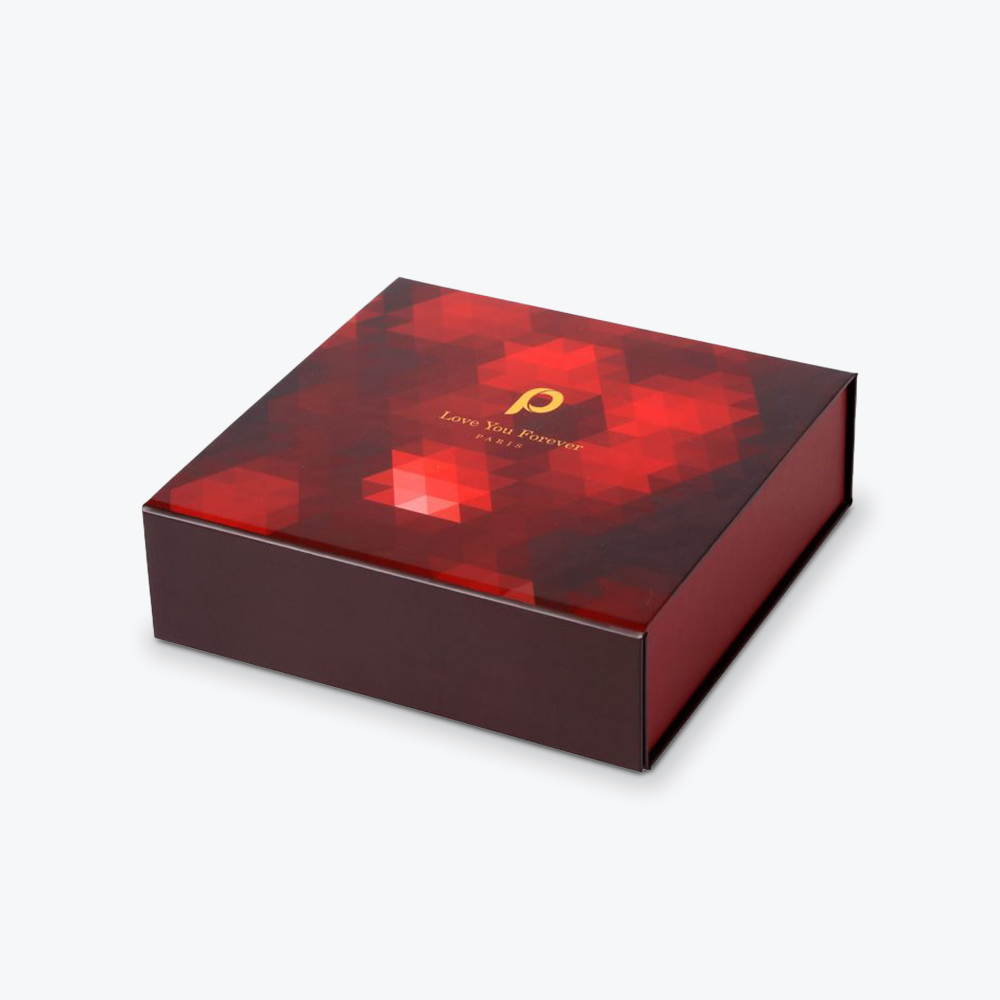
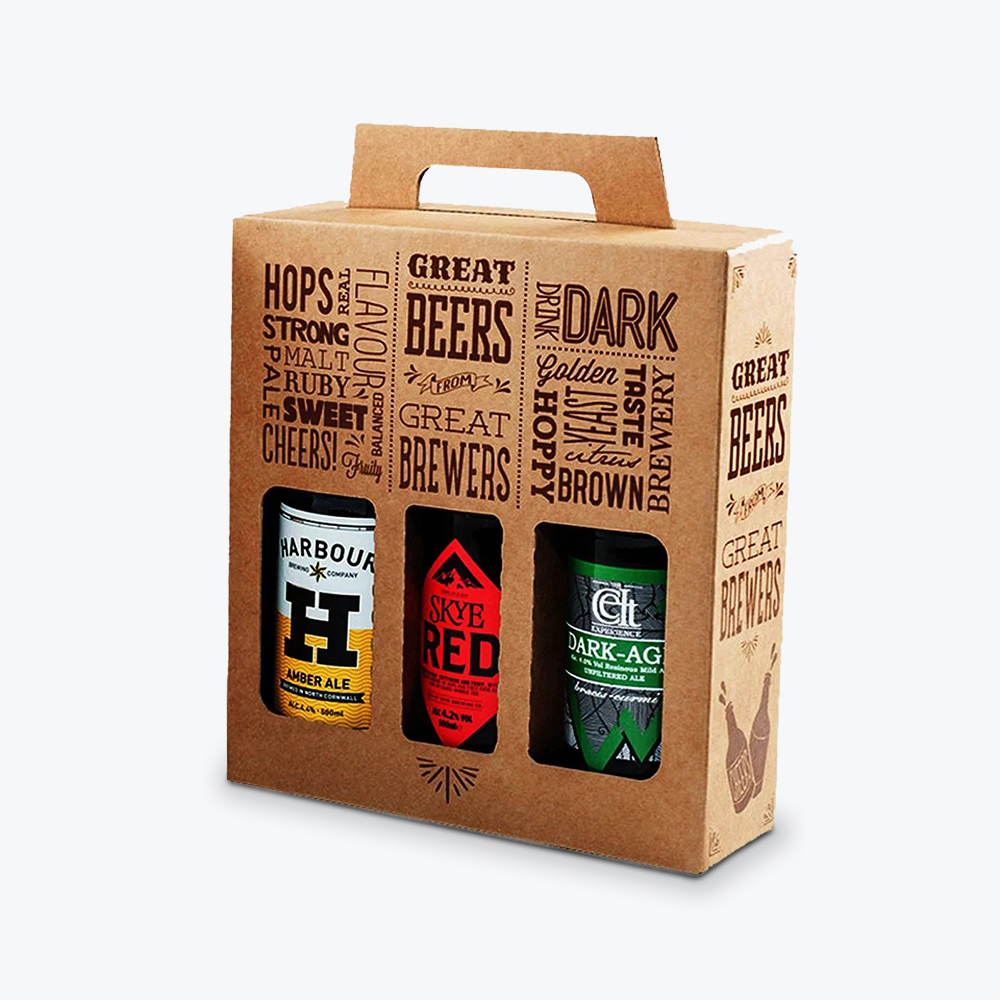
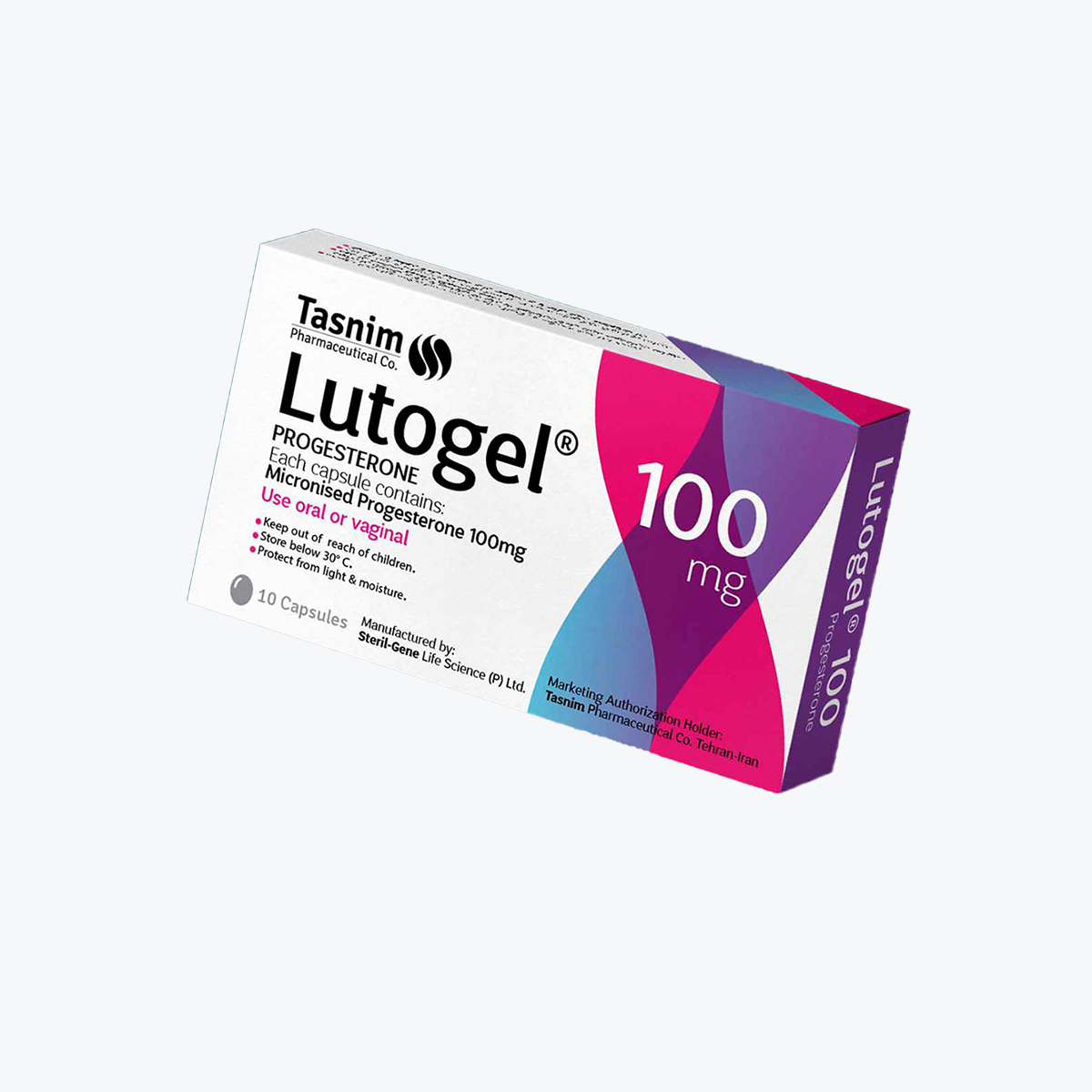
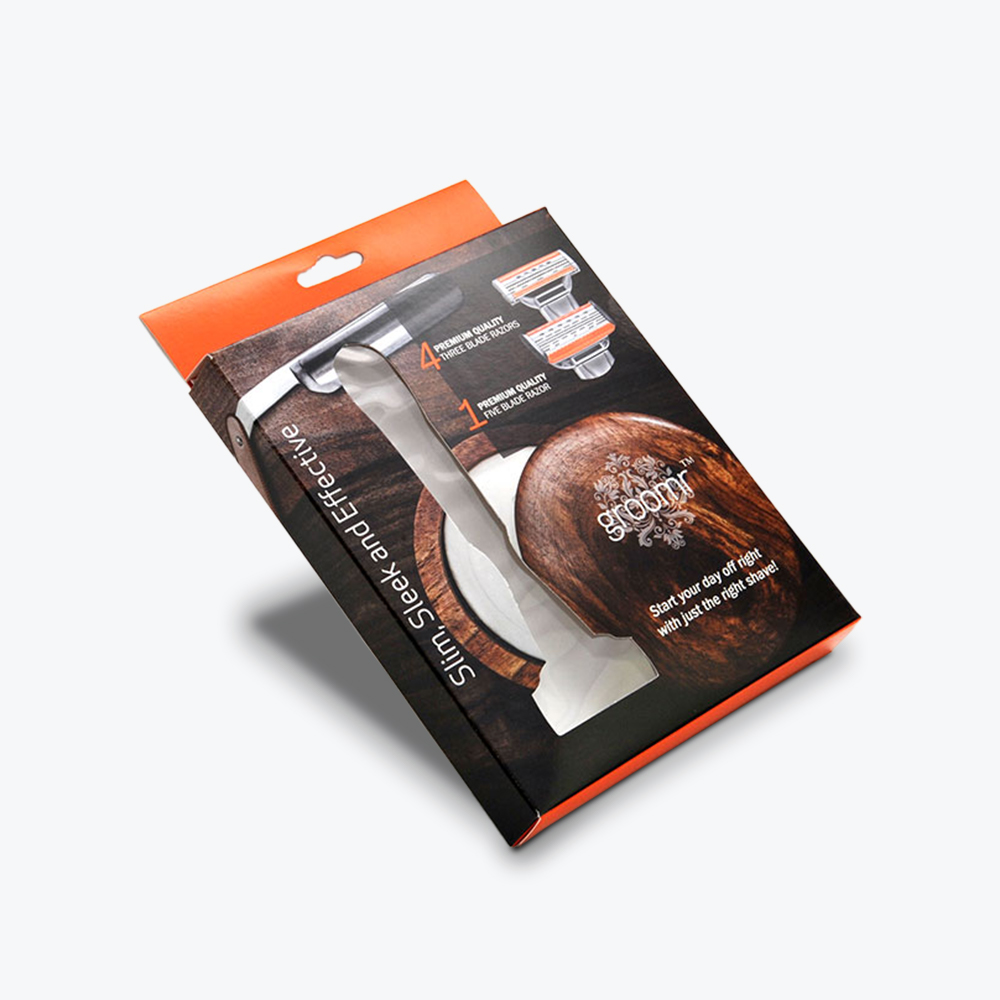
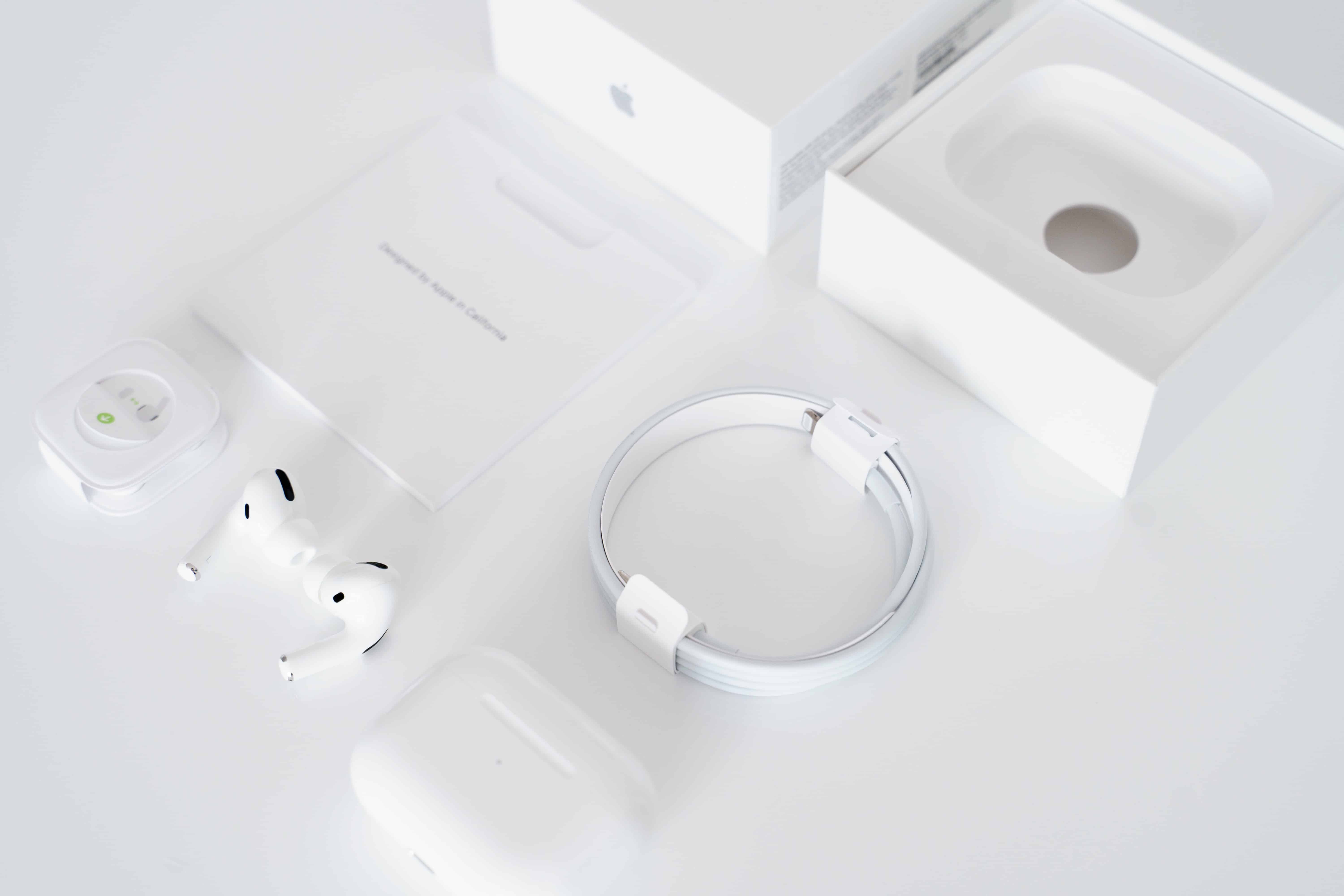
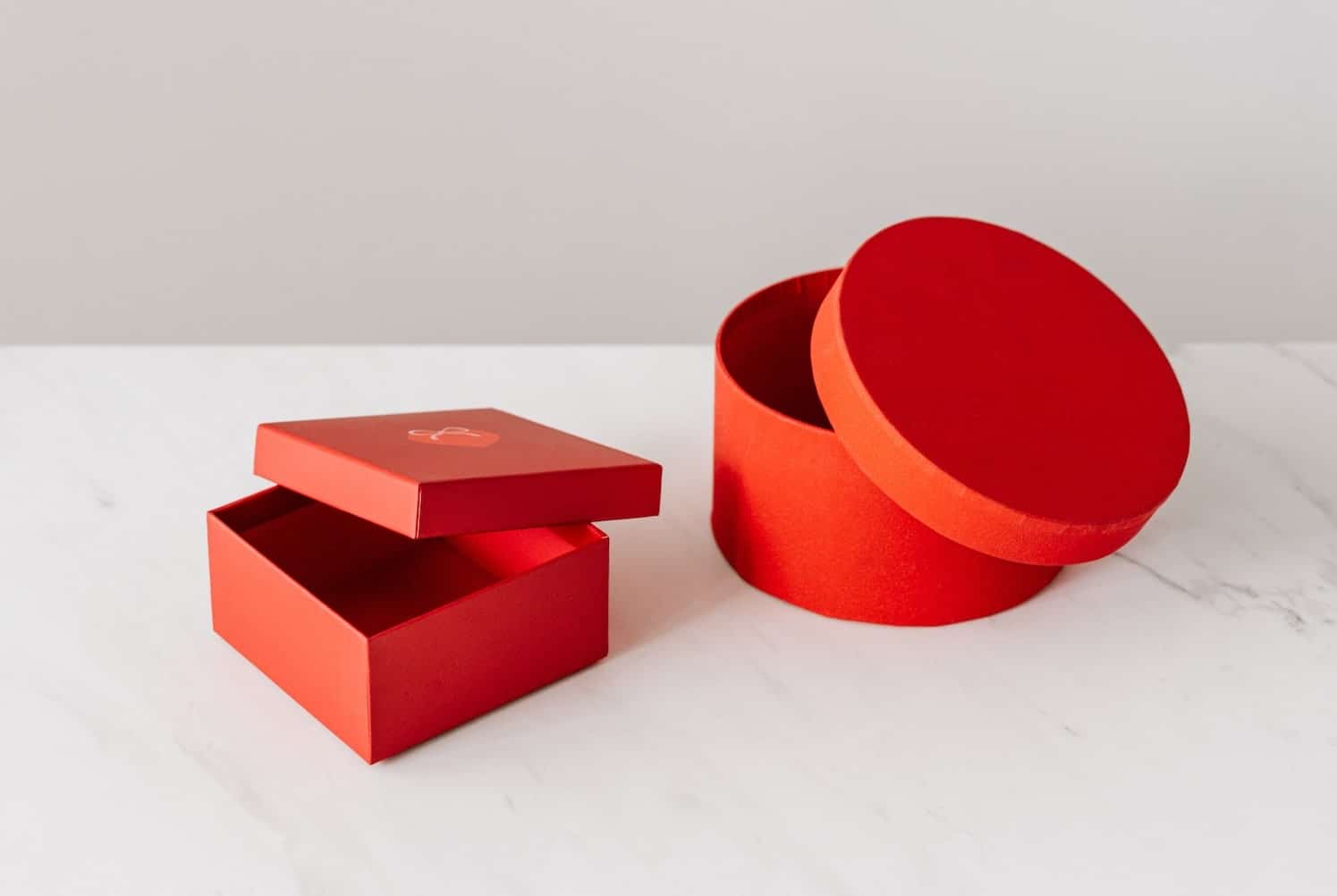
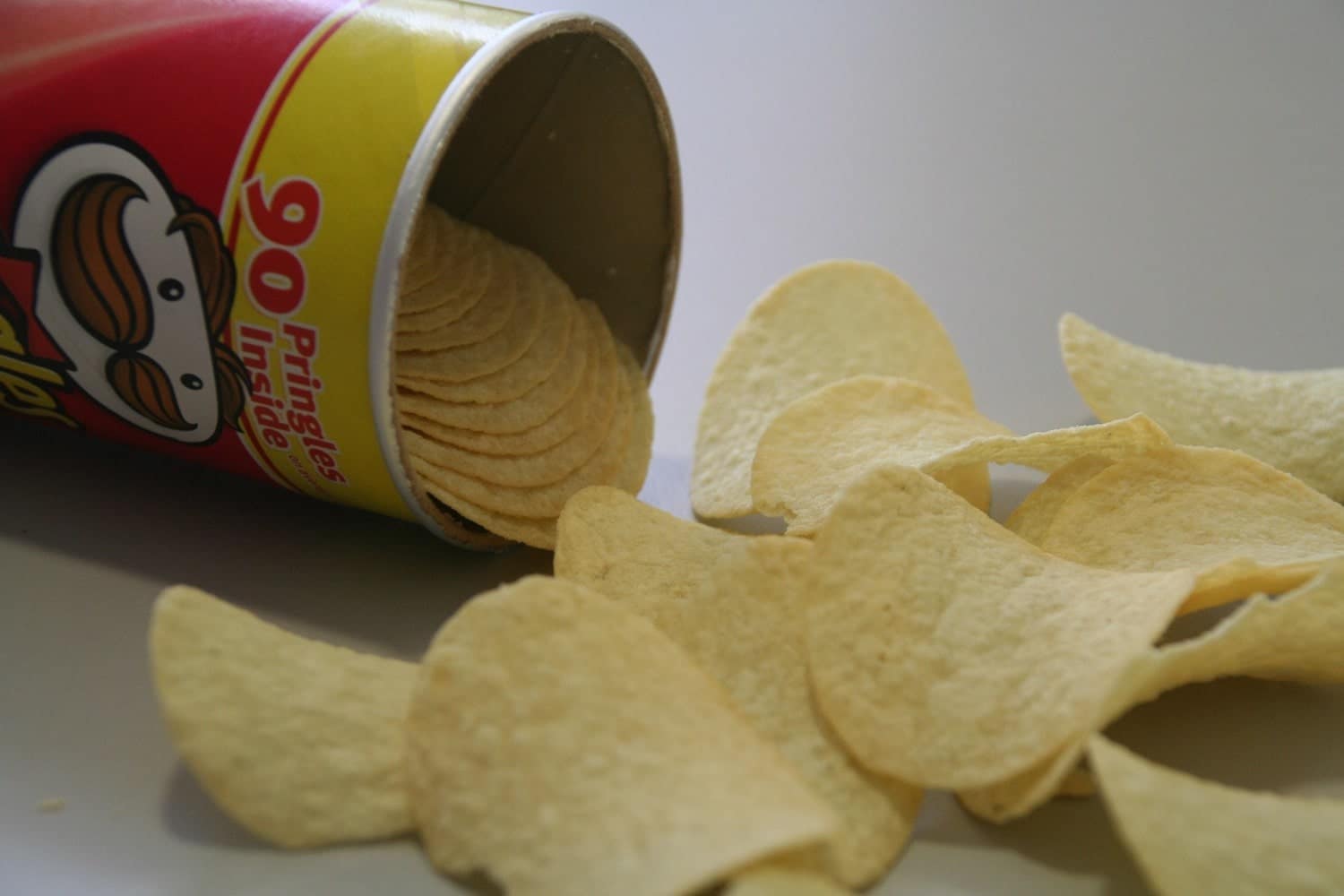
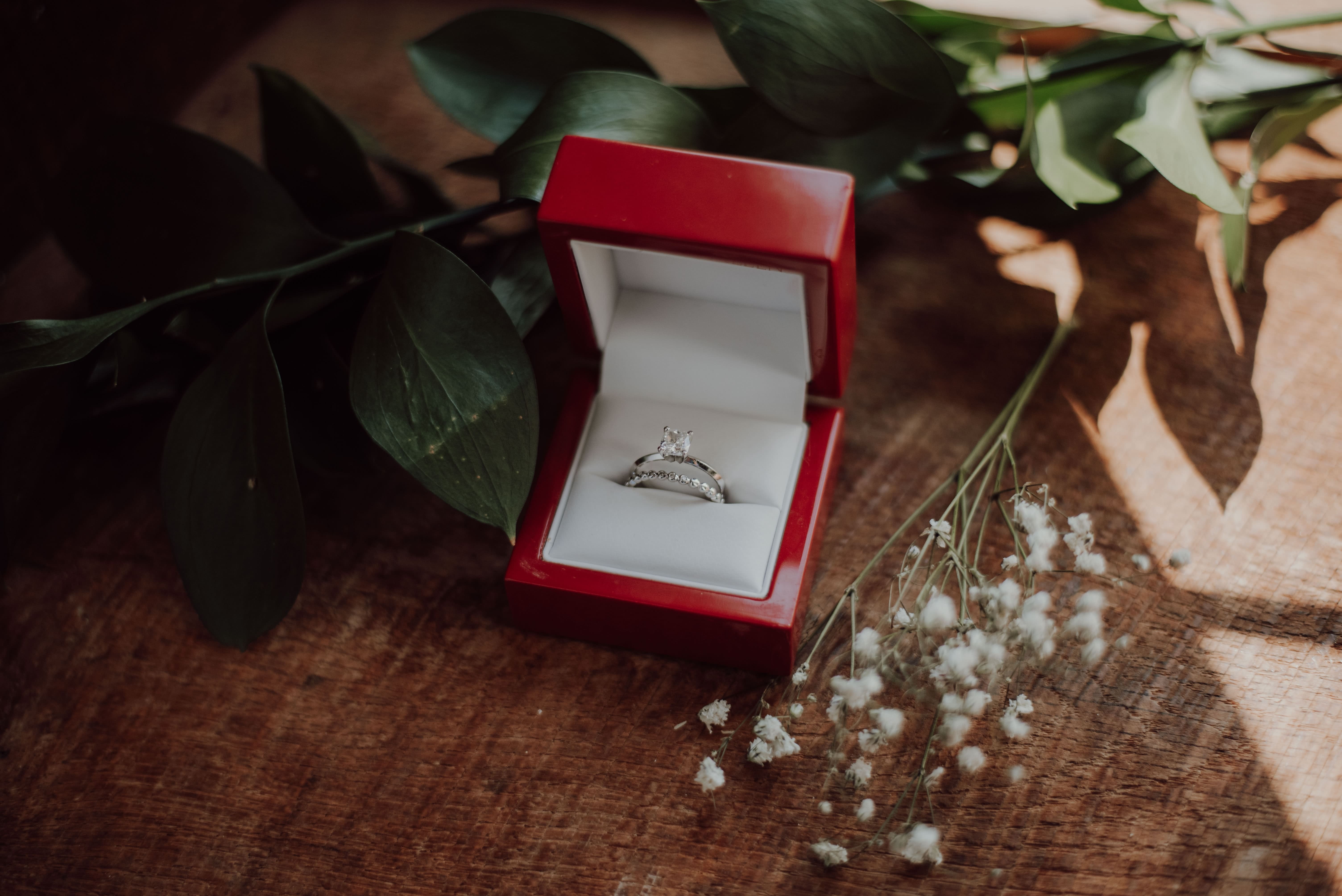
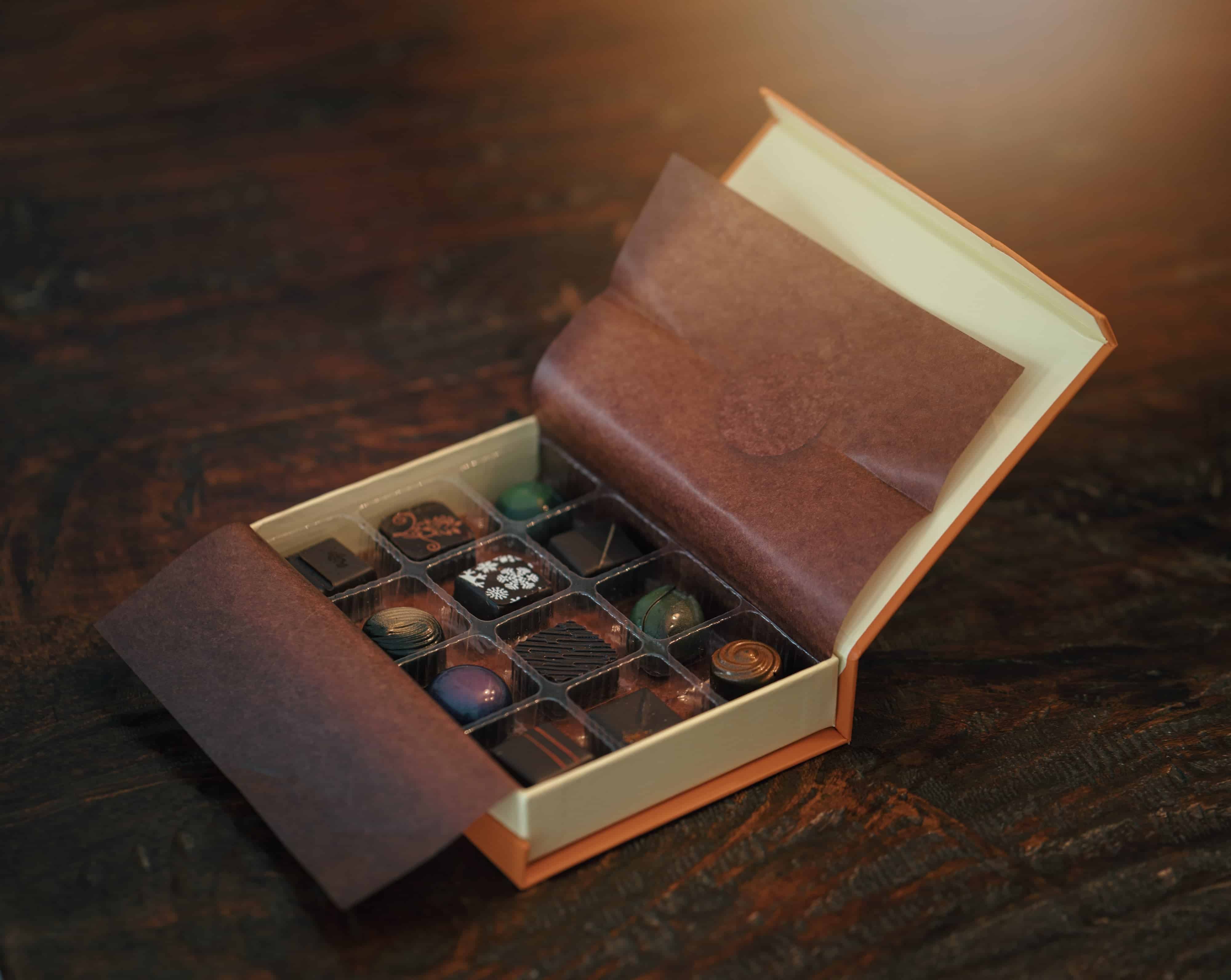


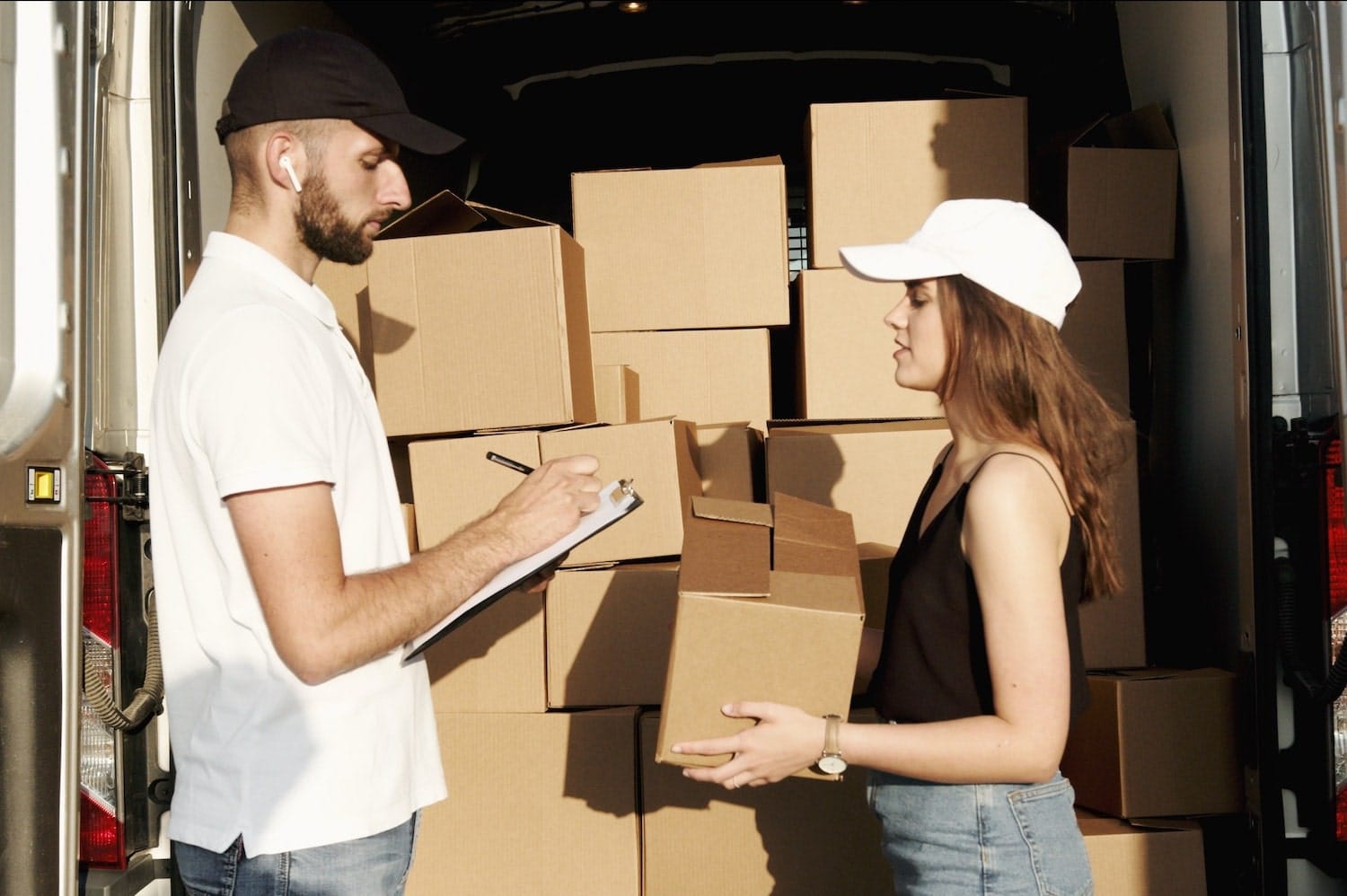
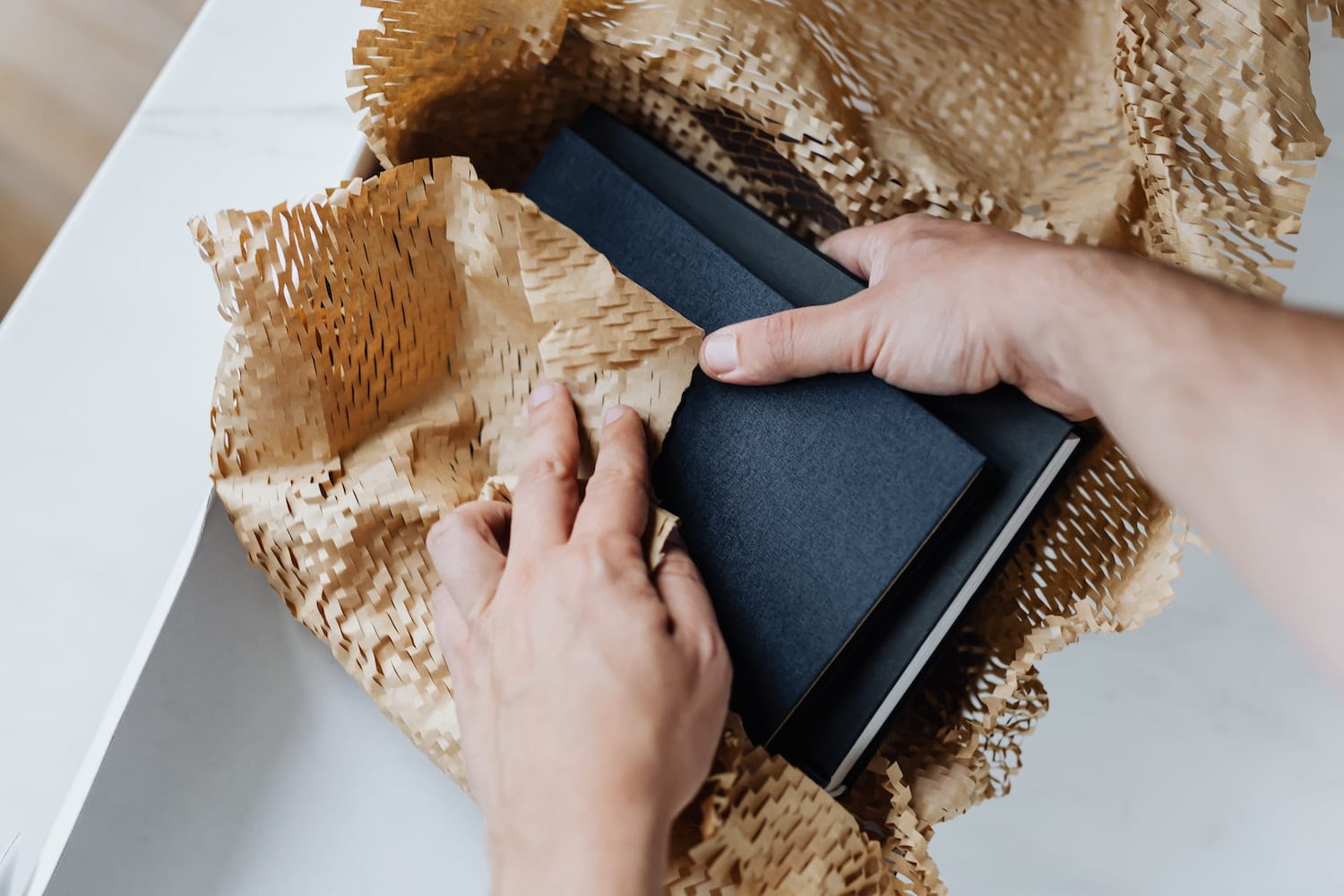
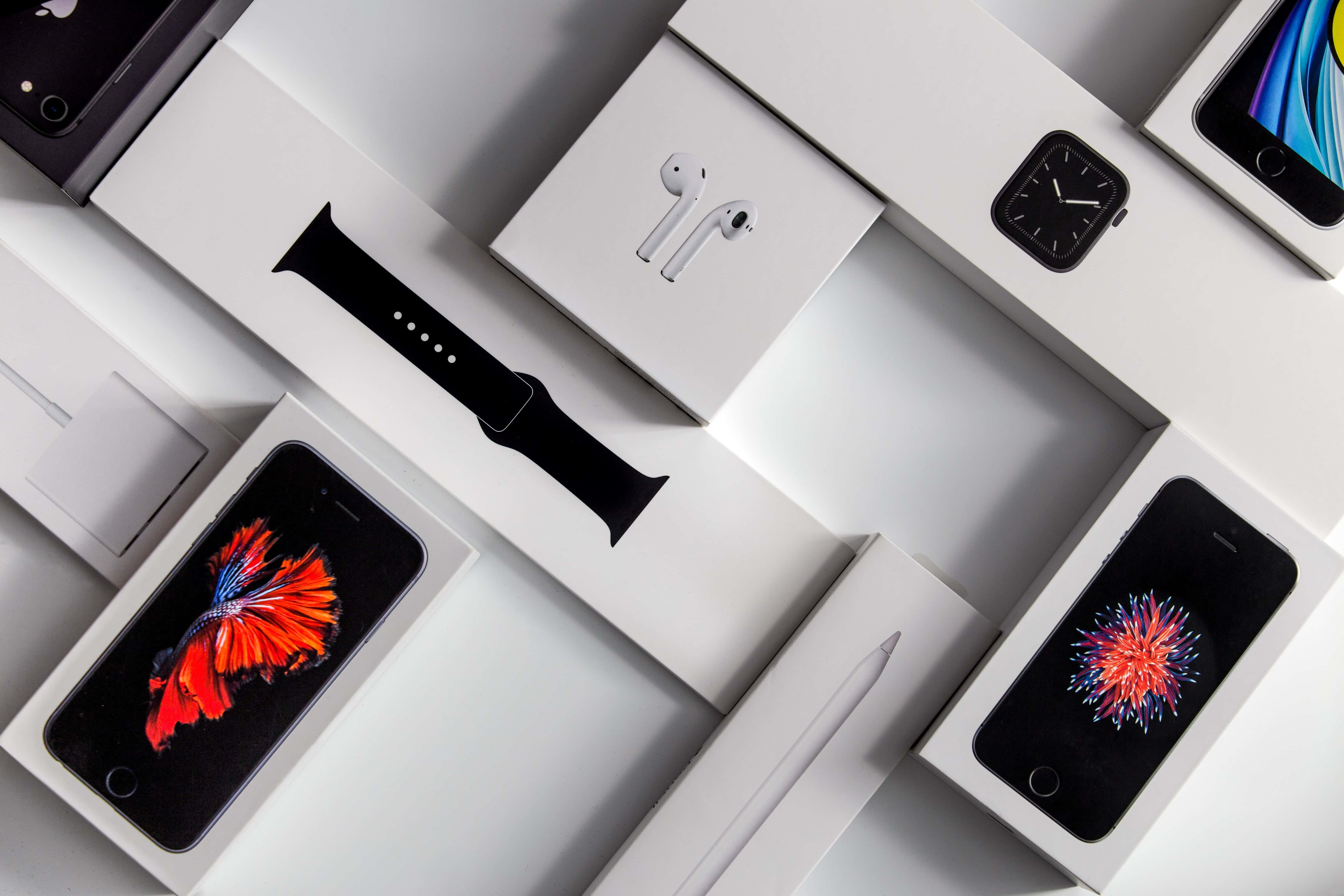

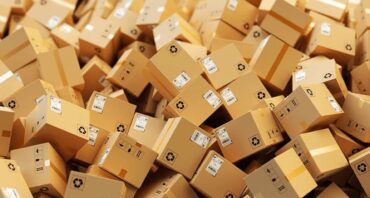

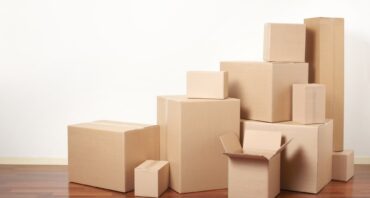

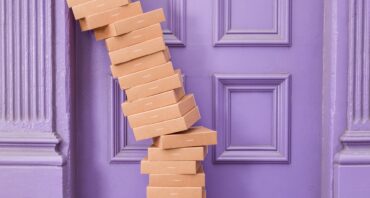
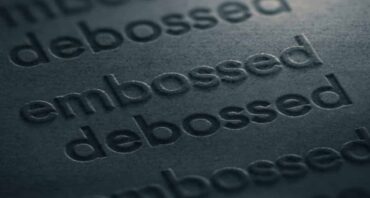
Share